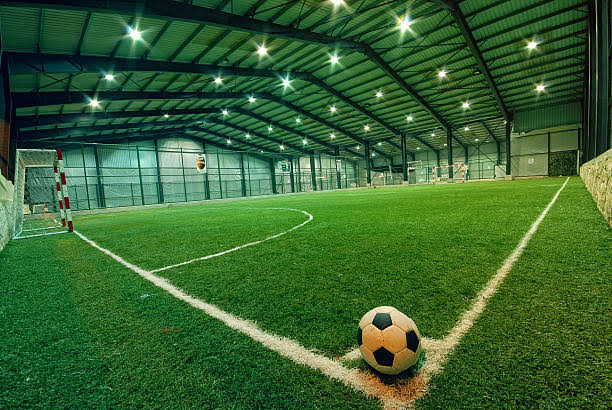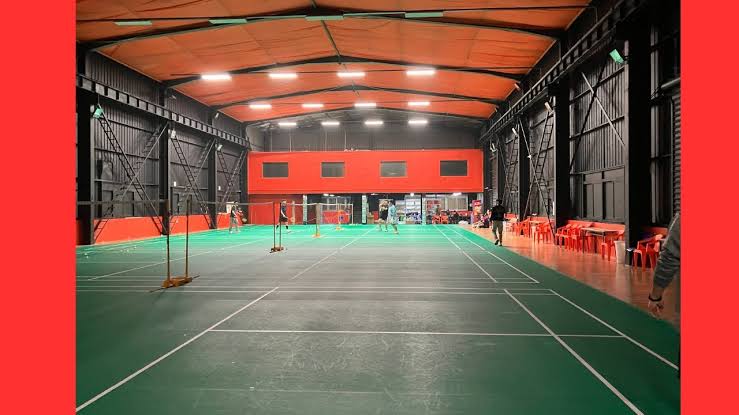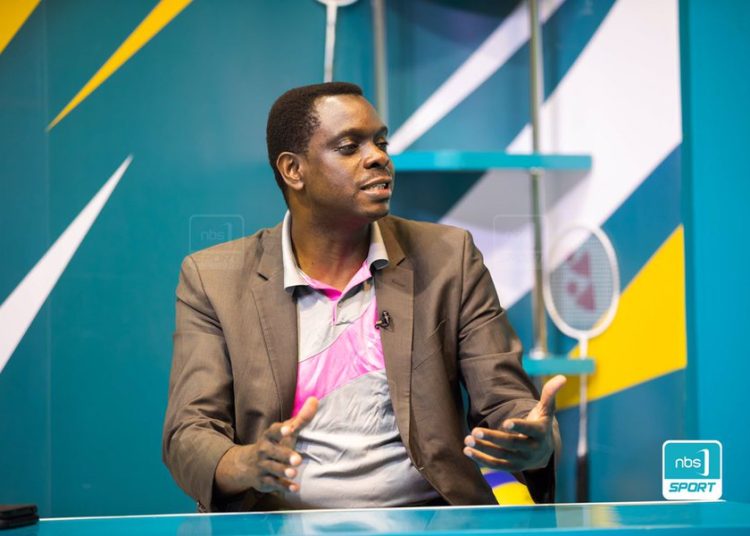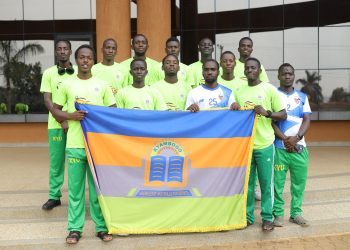The Uganda Table Tennis Association (UTTA) President Robert Jjagwe has welcomed State Minister for Sports Hon. Peter Ogwang’s call for the government to maintain sports infrastructure funding beyond the completion of major stadium projects.
Jjagwe emphasized the need for a long-term approach to infrastructure development, highlighting a more cost-effective solution for indoor sports facilities.
Ogwang, while appearing before the Parliamentary Committee on Education and Sports on April 1st, stressed that government funding should not cease once key projects like Akii Bua Stadium in Lira and Hoima Stadium—part of Uganda’s preparations for hosting AFCON 2027—are completed.
He urged continued investment in sports infrastructure across different regions to promote balanced sports development.
Jjagwe praised the minister’s stance, stating, “Very well said by the State Minister for Sports Hon. Peter Ogwang. Truly, the current sports budget allocation should be maintained so that the issue of sports infrastructure is solved once and for all and indeed in many more districts.”
However, he also urged the government to look beyond stadiums and consider smaller, multi-purpose indoor sports facilities.

According to Jjagwe, warehouse-style indoor sports complexes—each costing between UGX 1-2 billion—would provide permanent homes for multiple sports federations and could be completed within six months at a total cost of UGX 40-80 billion.
“The stadia are good, but they take a lot of time and money and are harder plus very difficult to maintain in the long term. But warehouse-like structures can sort out the infrastructure problem for up to 40 federations in a very short time and in a very appreciable way,” Jjagwe explained.
A Cost-Effective Solution for Indoor Sports
The proposed warehouse-style sports facilities would feature high-roofed, spacious structures with durable flooring suitable for indoor sports such as table tennis, badminton, basketball, volleyball, and martial arts, among others.
These facilities would be designed to host both training and competitions, providing national teams with much-needed permanent venues instead of relying on rented spaces.

To be fully functional, the facilities would require essential amenities, including proper ventilation, changing rooms, spectator seating, lighting systems, and equipment storage areas.
If adopted, this model could significantly reduce Uganda’s reliance on expensive stadiums for everyday sports activities while ensuring athletes across different disciplines have reliable, dedicated spaces to train and compete.
Jjagwe pointed out that many countries are already adopting this approach, with stadiums primarily reserved for large-scale international competitions rather than regular training.

“This is what most countries are doing now. The stadia are mainly for major, huge, and usually international competitions but not for daily practice and regular competitions for the national teams,” he noted.
With the government having allocated a record-breaking UGX 72 trillion for the 2024/25 financial year, including significant funding for Hoima Stadium (UGX 280 billion), Lugogo Sports Complex redevelopment (UGX 790 billion), and additional training grounds for AFCON 2027, sports stakeholders are now pushing for a broader infrastructure strategy that caters to multiple disciplines.





























